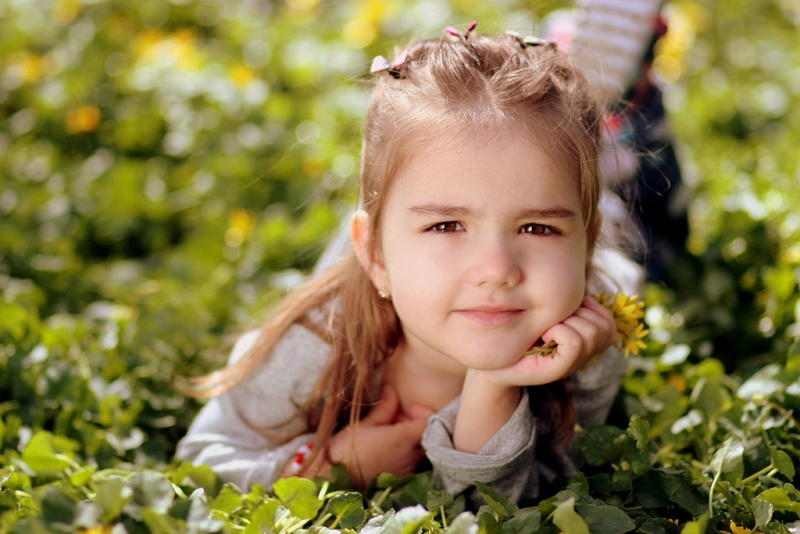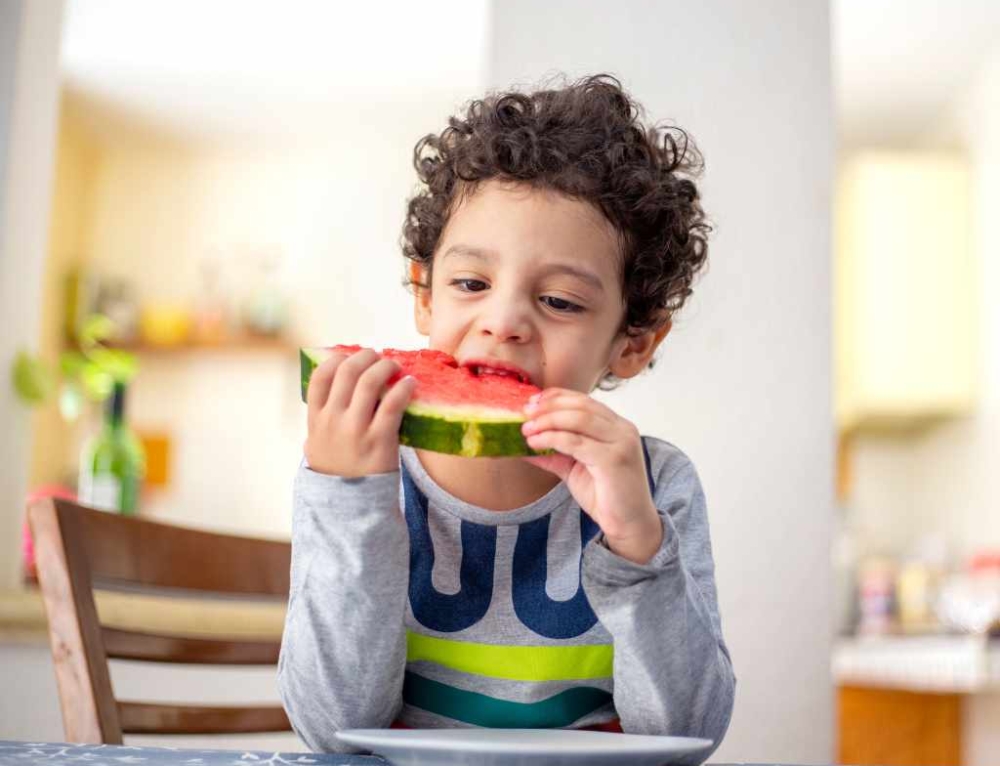Diet, stress and genetics have all been linked with autism, but the jury is still out on whether the risk of a child being diagnosed with the neural disorder can actually be reduced.
One in 160 children born today will be diagnosed with an autism spectrum disorder (ASD), probably before they are two years old.
It’s these facts, coupled with a growing awareness of ASD among mums, dads and the general community, that makes it understandable why parents and parents-to-be are keen to know if there’s some way they can lower their children’s risk of autism.
Latest autism research
While there’s more research in this area than ever before, scientists remain baffled as to exactly what causes an ASD except that, like many disorders and diseases, it most likely results both from genetic predisposition and environmental influence. Here are some recent findings:
Antenatal vitamins
A University of California study has found that women who reported not taking prenatal vitamins immediately before and during pregnancy, were twice as likely to have a child with autism. If the women also had a mutation in a high-risk gene linked with autism, they were seven times more likely to have a child with the developmental disorder.
Age of becoming parents
First-born children of older parents were three times more likely to develop autism than later children of younger parents, US researchers found after examining records of 240,000 children born in 1994. For mothers aged 35 and over, the risk of having an autistic child was 30 percent higher than for mothers aged 25 to 29. Fathers aged 40 and over had a 40% higher risk of having an autistic child than fathers aged 25 to 29.
Spacing of babies
Children born less than 12 months after their siblings were almost 300 percent more likely to be diagnosed with autism when compared to second-born children born four years after the first sibling, a study conducted by Columbia University has found. Children born between 12 and 23 months after their siblings were 110 percent more likely to have autism when compared to second-born children born 48 months after the first sibling. The risk stabilises at 36 months.
Autism in the family
Parents who have an autistic child have a 20 percent chance of having a second child born with autism, says more US research.
Vaccinations
The link between autism and the Measles-Mumps-Rubella (MMR) immunisation was further discredited in 2010 when a Polish study found that children who received the MMR vaccine actually had a lower risk of autism than their unvaccinated peers. There was also no evidence of increased autism with the measles-only vaccine.
Early diagnosis of autism is still the key
For many years, specialists were reluctant to diagnose or even suggest the possibility of an ASD before the age of two or three. But new research has found that children start showing identifiable signs of an ASD well before 12 months of age – and these are often picked up by parents and child health nurses.
Anthony Warren, developmental psychologist and senior ASD consultant with Autism Spectrum Australia (Aspect), urges parents who are concerned about their child to “trust their instincts and seek further assessment” because early intervention is critical.
“Research shows that about 50 percent of parents whose children later received a diagnosis of an autism spectrum disorder had raised concerns about their child’s development during the first year,” Warren says.
Early signs that all is not right include lack of smiling and of social engagement, including not turning when their name is called, lack of eye contact and limited conversational babble. There can also be subtle unusual movements and even an aversion to being touched or held.
For more information visit Autism New Zealand.







Leave A Comment
You must be logged in to post a comment.